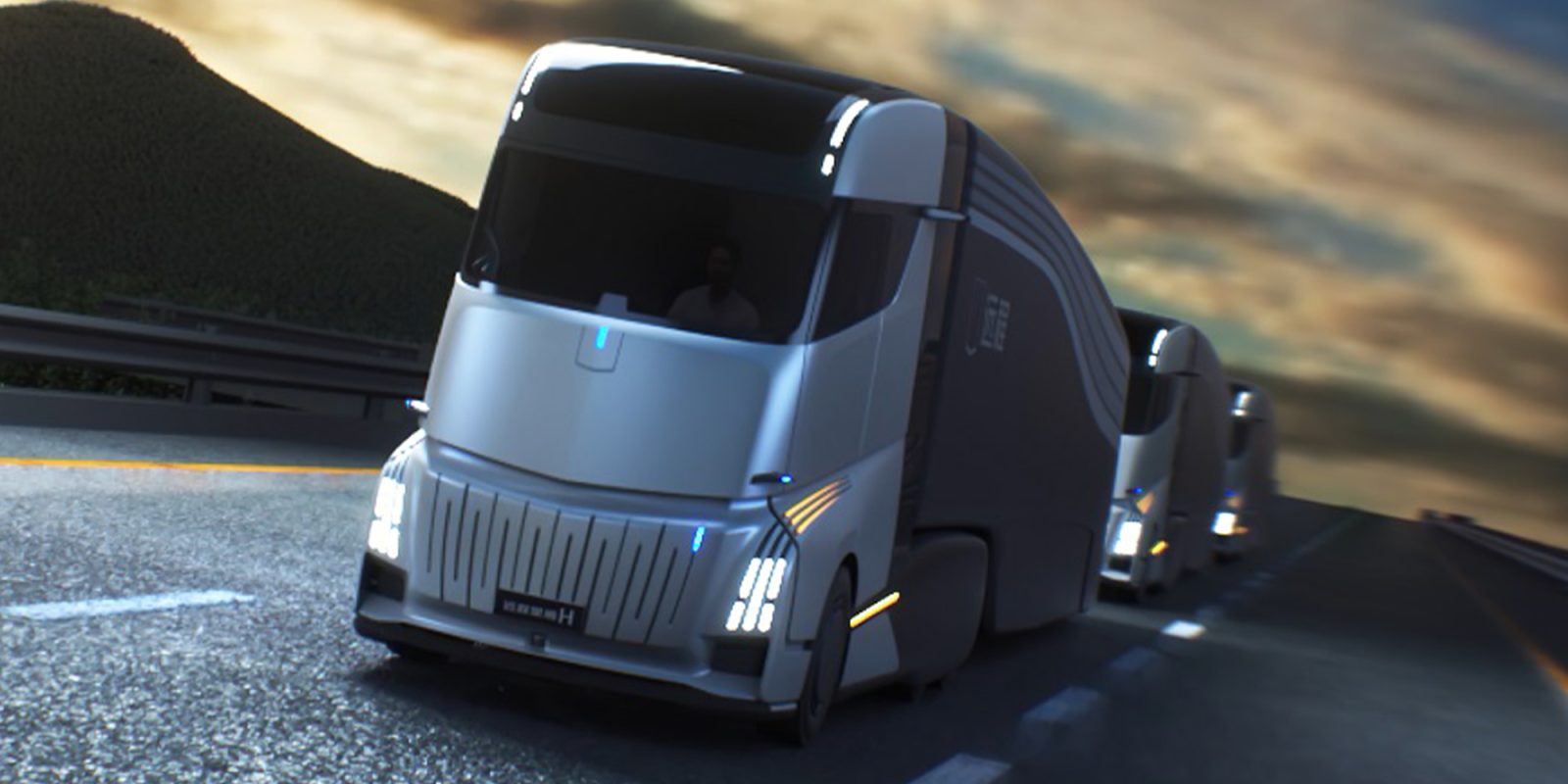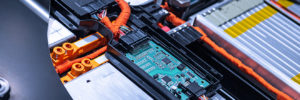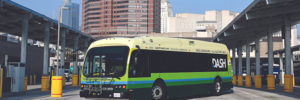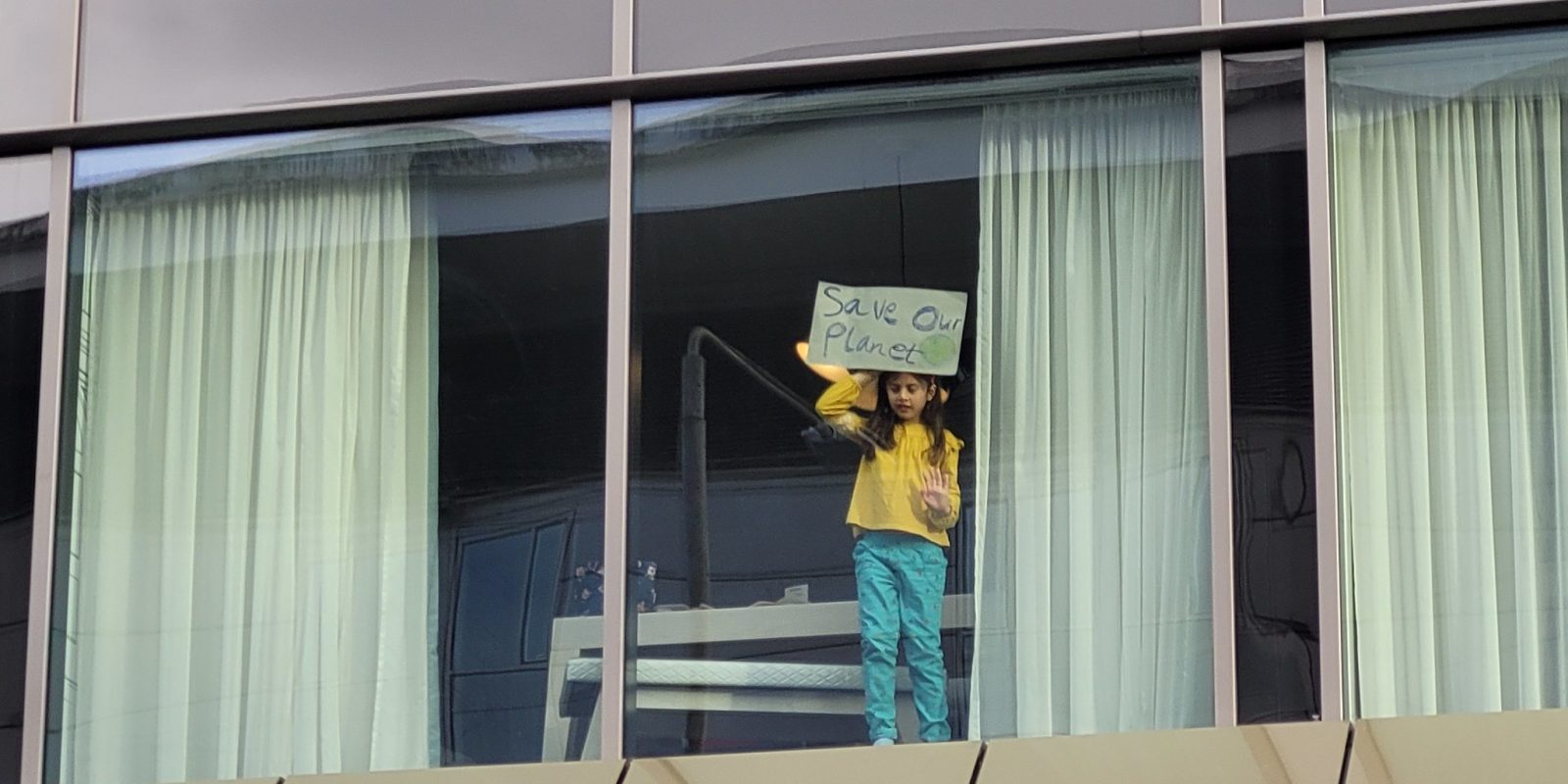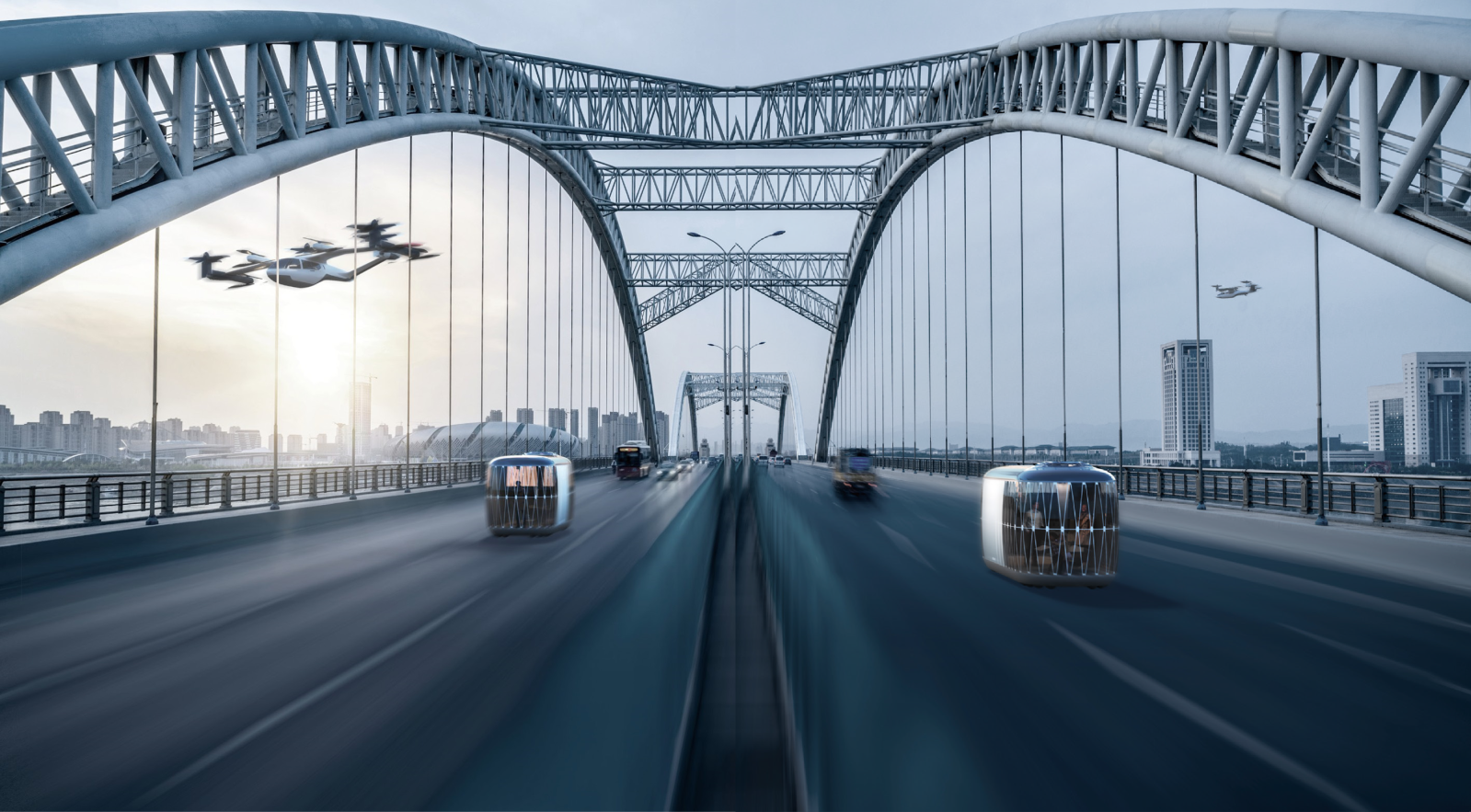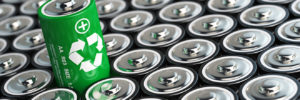
The use of recycled cathode material to make new batteries will be a key part of the circular battery supply chain, but is recycled material truly equivalent to the freshly-mined stuff? A new study indicates that it is just as good, if not better.
The new paper, “Recycled cathode materials enabled superior performance for lithium-ion batteries,” published in the journal Joule, argues that battery-builders and automakers can be confident that recycled battery materials are every bit as good as virgin minerals.
Professor Yan Wang of Worcester Polytechnic Institute, together with a team of researchers from the US Advanced Battery Consortium (USABC), conducted the study. Battery manufacturer A123 Systems also participated.
“In general, people’s impression is that recycled material is not as good as virgin material. Battery companies still hesitate to use recycled material in their batteries,” Wang told IEEE Spectrum.
“From experimental and modeling results, the unique microstructure of recycled materials enables superior electrochemical performance,” reads the study abstract. “The recycled material outperforms commercially available equivalent, providing a green and sustainable solution for spent lithium-ion batteries.”
Engineers at A123 Systems tested recycled NMC111 cathodes in pouch cells, using a protocol devised by the USABC. The cathodes were made using a proprietary recycling technique developed by Battery Resourcers, a startup that Wang co-founded.
“Here, we demonstrate that the recycled [NMC] has a superior rate and cycle performance, verified by various industry-level tests,” write the researchers. “Specifically, 1 Ah cells with the recycled [NMC] have the best cycle life result reported for recycled materials, and enable 4,200 cycles and 11,600 cycles at 80% and 70% capacity retention, which is 33% and 53% better than the state-of-the-art, commercial [NMC]. Meanwhile, its rate performance is 88.6% better than commercial powders at 5C.”
Battery Resources’ recycling technology produces ready-to-use NMC cathode materials. “We are the only company that gives an output that is a cathode material,” says Wang. “Other companies make elements. So their value added is less.”
The company says it’s already selling its recycled materials to battery manufacturers at a small scale, and plans to open its first commercial plant in 2022.
Sources: Joule via IEEE Spectrum, CleanTechnica
Source: Electric Vehicles Magazine
